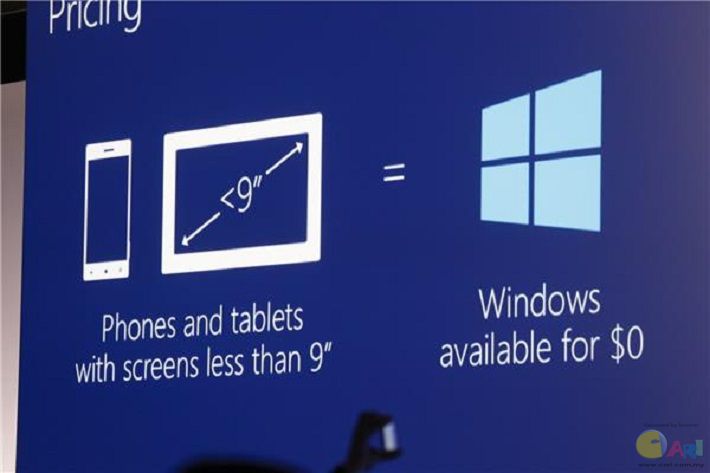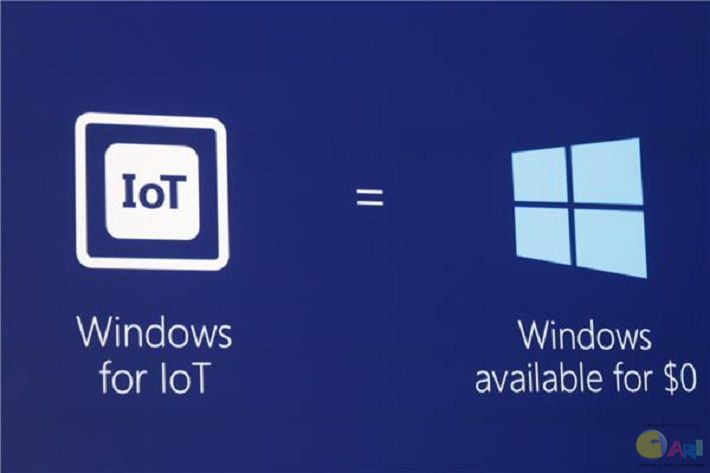 Today is the first day of Microsoft’s Build conference and that means the company will be sharing plenty of news about the future of Windows and other Microsoft products. Earlier Microsoft not only revealed it is making several changes to the desktop version of Windows such as finally bringing back the start menu, they also announced plans to allow cross-platform compatibility between Windows Phone 8.1 and Windows 8.1 modern apps. While both of these changes are pretty crucial, the most massive change Microsoft is introducing is in regards to its pricing structure for Windows. Microsoft will now let manufacturers install Windows 8.1 and the upcoming Windows Phone 8.1 on devices with screens smaller than 9-inches for absolutely free. That means any manufacturer can produce a small-screened Windows tablet or any WP handset without paying a licensing fee for the OS — period. A completely free OS could really shake things up I know what you’re thinking, “but Android is already free to use.” That’s a true and valid point, expect for when it isn’t. The truth is that Android as most of us know it isn’t free. First, there’s costs and other terms associated with getting a device Google Play certified, and then there’s also the fact that most device makers pay Microsoft royalty fees in order to use Android – yes really. Put this all together, and Microsoft’s plan to offer Windows for free makes a great deal of business sense. Basically they are giving manufacturers an alternative to paying the fees associated with using Android, and Microsoft’s recent change that allows certain existing budget devices designed with Android to run Windows Phone will make it even easier for device makers to offer Windows-based alternatives.  But will manufacturers and consumers bite? Even if Windows is free, manufacturers still need to test and develop devices to utilize it. This costs time and money, and isn’t an investment device makers will take if they don’t think consumer interest is high enough. Even if more manufacturers do jump into the Windows arena, it doesn’t necessarily mean than consumers will follow suit. On the other hand, the lack of Windows licensing fees could mean that manufacturers might be willing to offer these products at lower costs than comparable Android-powered devices, which could be enough to win over the hearts of some consumers. What the move means for Microsoft Up until now, Microsoft has directly profited from selling licenses of its operating system to mobile devices makers. Obviously giving away Windows for free changes up their existing business model quite a bit, it also means that Microsoft will need to rely on Windows Store and other services in order to make up for the lost income from licensing fees. Although it remains unseen if Microsoft’s plan will work, if it does, it could mean a major boost in marketshare for Windows on mobile devices. Android Authority
|
ADVERTISEMENT